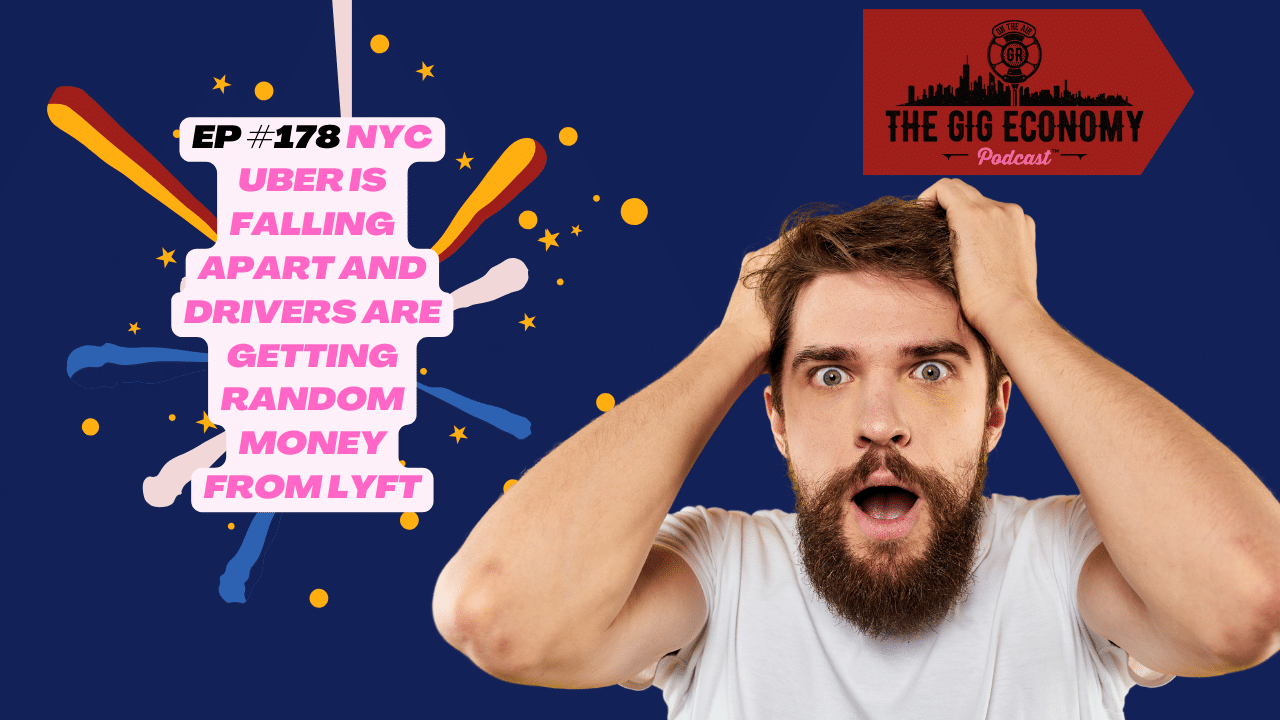The landscape of the gig economy is ever-evolving, and as we bring this chapter for Jepser time on the podcast to a close, it’s only fitting that we delve into the current and future state of ride-sharing services and their shift towards electrification. As the sun sets on Jesper’s tenure with the podcast, we look back with gratitude for the connections made and the knowledge shared. r.
The world of Uber and its counterparts is one of constant change, a reflection of the gig economy itself. Recently, we’ve seen a significant focus on the introduction of government regulations that could reshape the way ride-share drivers operate. The prospect of minimum wage laws and restrictions on driver availability is creating waves of concern within the industry. The idea that a gig worker’s flexibility could be hindered by such regulations is a contentious one, with the potential to alter the very fabric of the gig economy.
Amidst these discussions of regulatory shifts, we find ourselves contemplating the role of electric vehicles (EVs) in ride-sharing. The environmental and financial implications of transitioning to EVs are complex and multifaceted. On one hand, the cost savings on fuel and the reduced environmental footprint present compelling arguments for their adoption. On the other hand, the skepticism around infrastructure readiness and the feasibility of widespread electric vehicle use remains a prevalent topic of debate.
Our exploration into the electric future doesn’t end with the practicalities of EVs—it extends to the human element of the gig economy. We recount an incident involving a Lyft driver and a D.C. Rabbi, which highlights the tension that can arise in the confines of a ride-share vehicle. Such stories remind us that while we focus on the mechanical and technological aspects of ride-sharing, we must not lose sight of the human interactions at the heart of the service.
As we consider the economics of being a gig worker, the conversation naturally leads to Uber earnings and the reality of unpredictable income. We discuss the viability of gig work as a sustainable livelihood, considering the challenges of maintaining consistent earnings in an industry governed by supply and demand. This candid examination of a driver’s financial landscape is essential for anyone considering or currently navigating the gig economy.
In a lighter vein, we entertain the notion of an ‘Uber Walk’ service with humor and a dose of reality. While the idea seems more farcical than practical, it sparks conversation about the diversity of services within the gig economy and the importance of aligning service expectations with customer experiences.
As we reach the end of our final episode, we invite our community to continue the dialogue in our Telegram chat, fostering a space where ideas and support can flow freely among gig workers. We extend our heartfelt thanks to our listeners for joining us on this journey and encourage them to embrace the future with curiosity and resilience.
Looking ahead, the gig economy podcast may have a new voice, but the spirit of exploration and discovery remains. We stand at the threshold of a new era in ride-sharing—an era where electric vehicles may soon dominate the roads and regulations may redefine the rules of the game. It’s a future filled with challenges and opportunities, and we can’t wait to see where the road leads.

